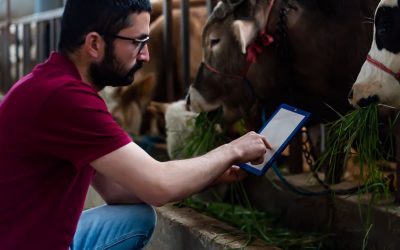New research from Surrey University explores the impact of weather on infectious diseases
Abstract
Disentangling the impact of the weather on transmission of infectious diseases is crucial for health protection, preparedness and prevention. Because weather factors are co-incidental and partly correlated, we have used geography to separate out the impact of individual weather parameters on other seasonal variables using campylobacteriosis as a case study. Campylobacter infections are found worldwide and are the most common bacterial food-borne disease in developed countries, where they exhibit consistent but country specific seasonality. We developed a novel conditional incidence method, based on classical stratification, exploiting the long term, high-resolution, linkage of approximately one-million campylobacteriosis cases over 20 years in England and Wales with local meteorological datasets from diagnostic laboratory locations. The predicted incidence of campylobacteriosis increased by 1 case per million people for every 5° (Celsius) increase in temperature within the range of 8°–15°. Limited association was observed outside that range. There were strong associations with day-length. Cases tended to increase with relative humidity in the region of 75–80%, while the associations with rainfall and wind-speed were weaker.
The approach is able to examine multiple factors and model how complex trends arise, e.g. the consistent steep increase in campylobacteriosis in England and Wales in May-June and its spatial variability. This transparent and straightforward approach leads to accurate predictions without relying on regression models and/or postulating specific parameterisations. A key output of the analysis is a thoroughly phenomenological description of the incidence of the disease conditional on specific local weather factors. The study can be crucially important to infer the elusive mechanism of transmission of campylobacteriosis; for instance, by simulating the conditional incidence for a postulated mechanism and compare it with the phenomenological patterns as benchmark. The findings challenge the assumption, commonly made in statistical models, that the transformed mean rate of infection for diseases like campylobacteriosis is a mere additive and combination of the environmental variables.
The full paper can be found here.



